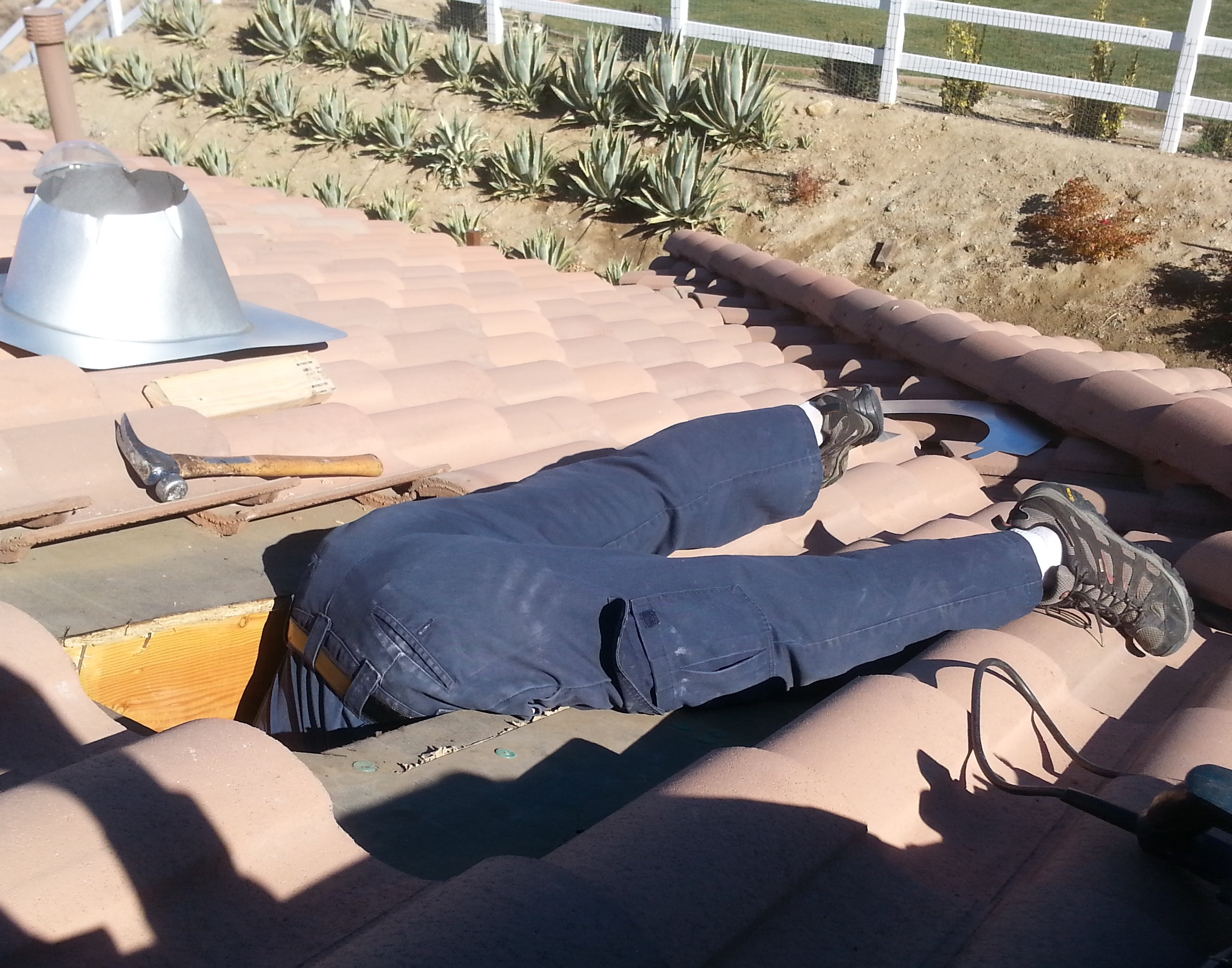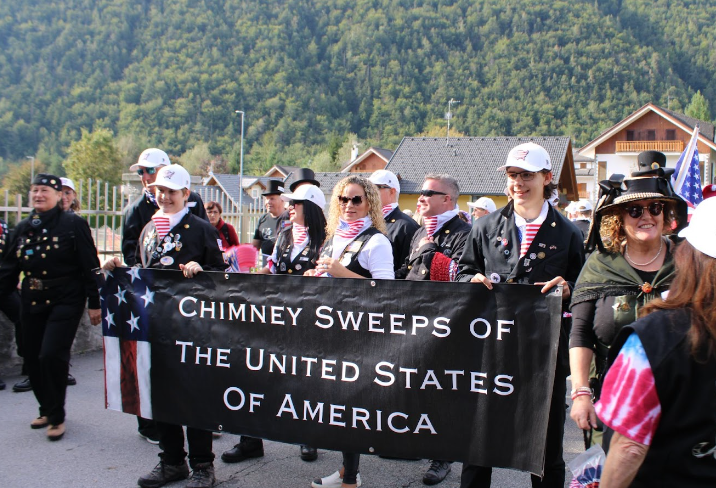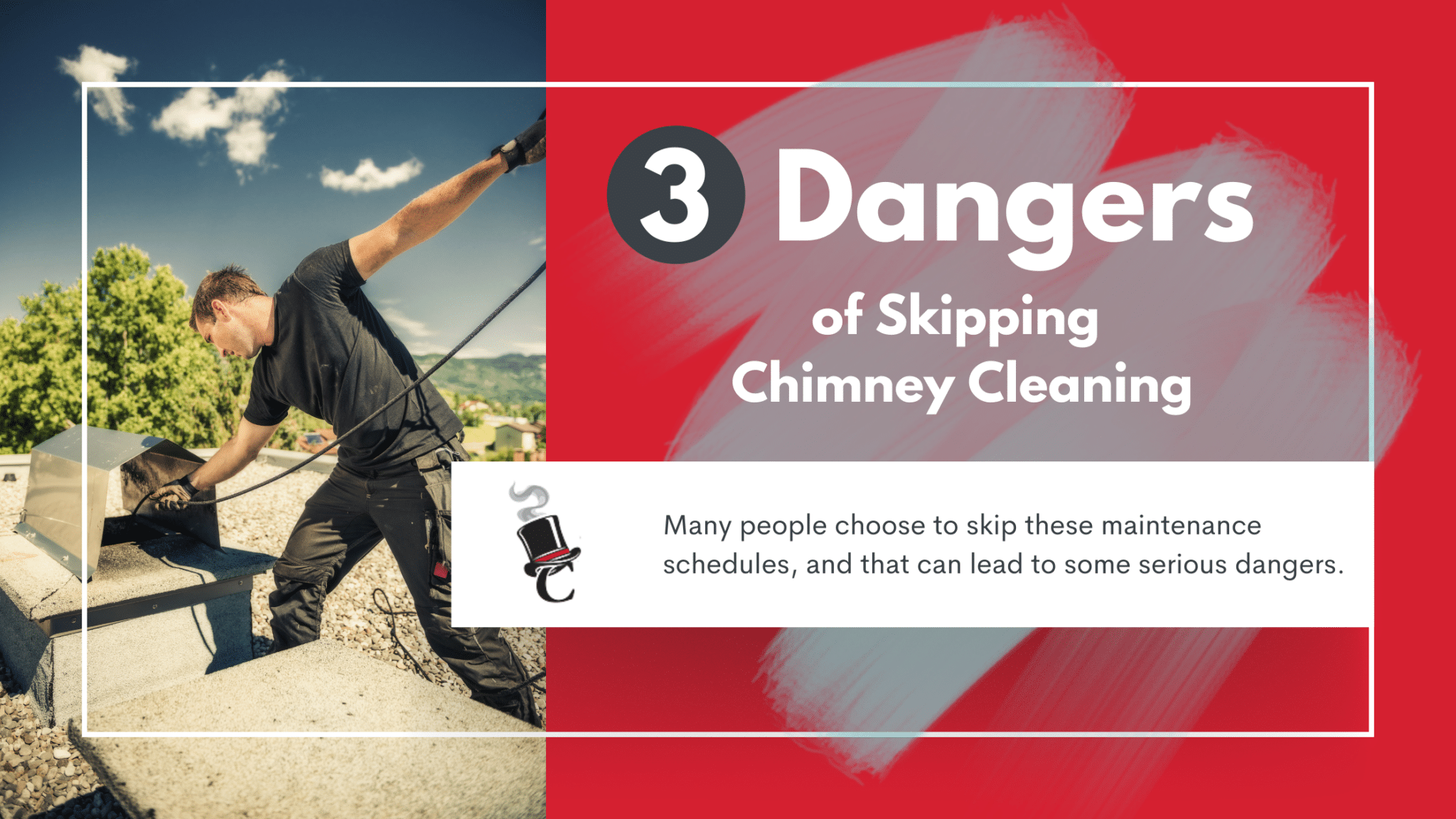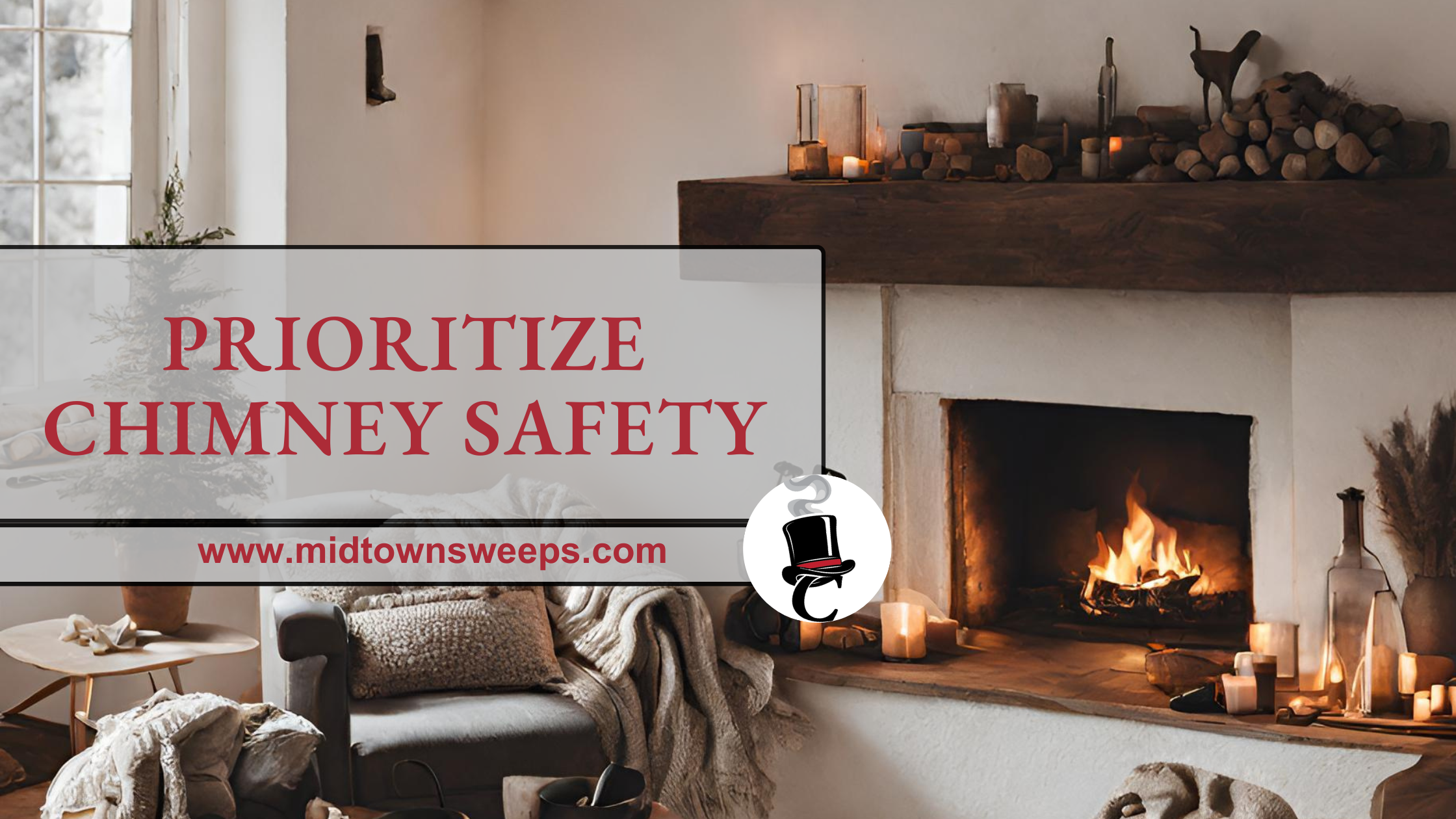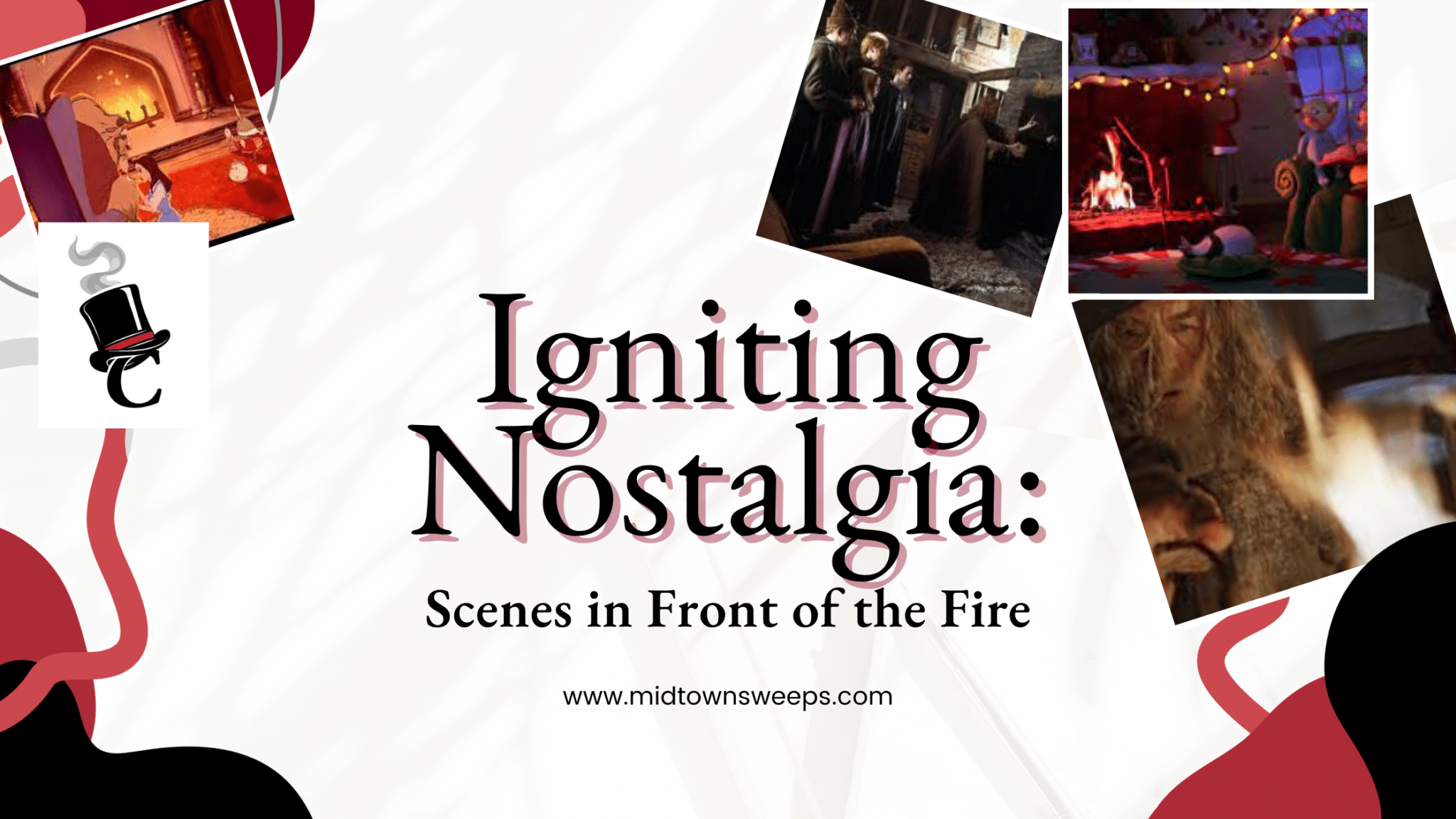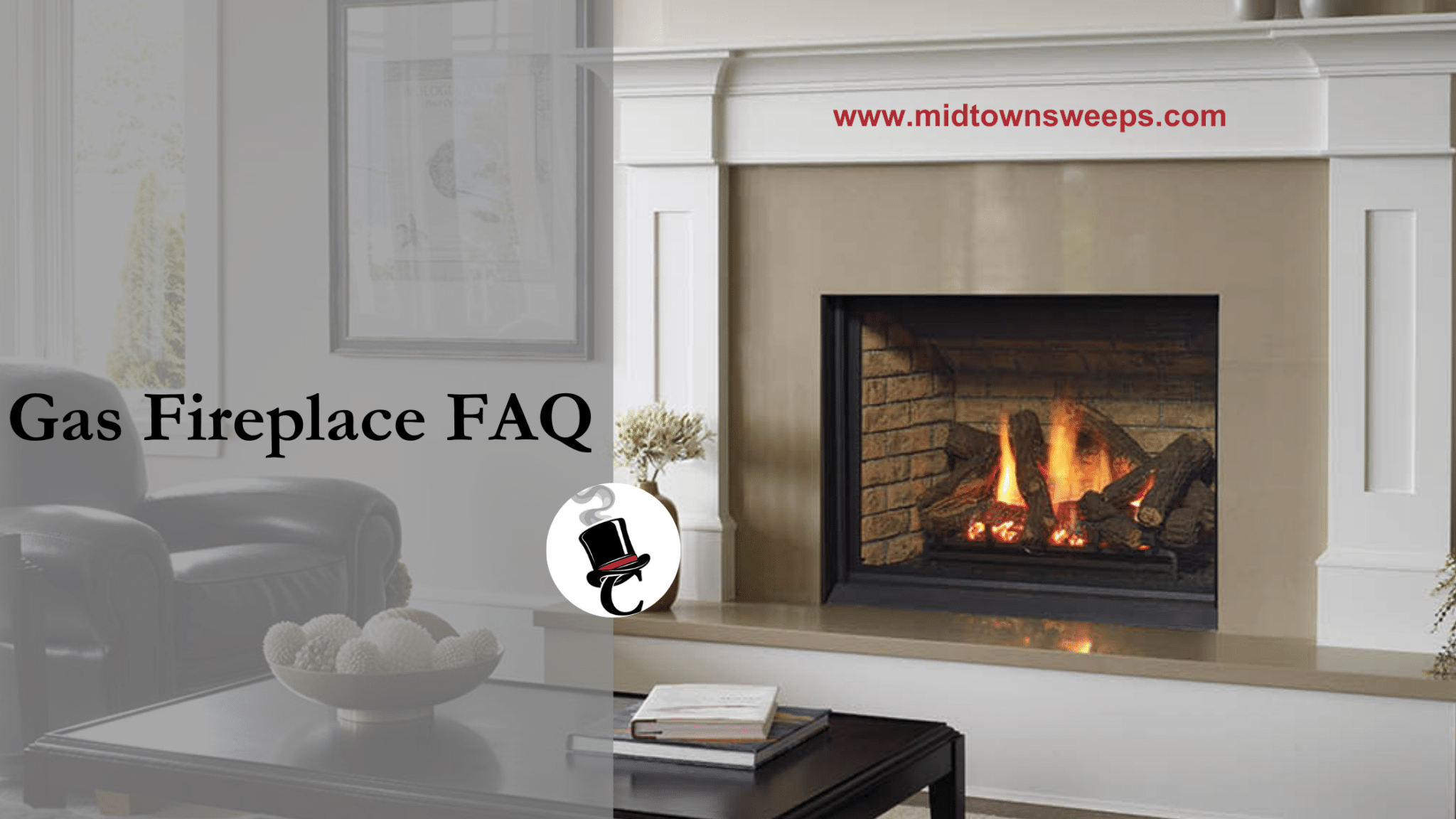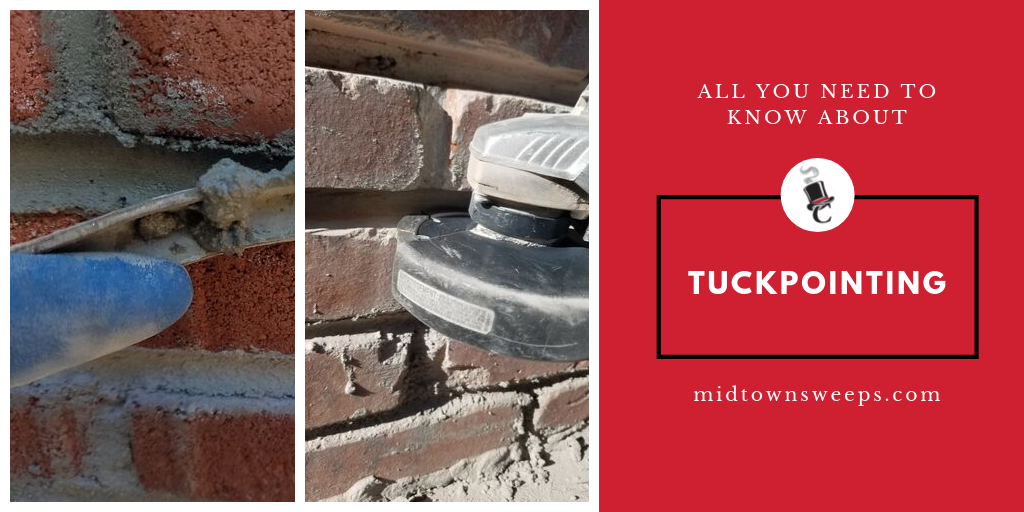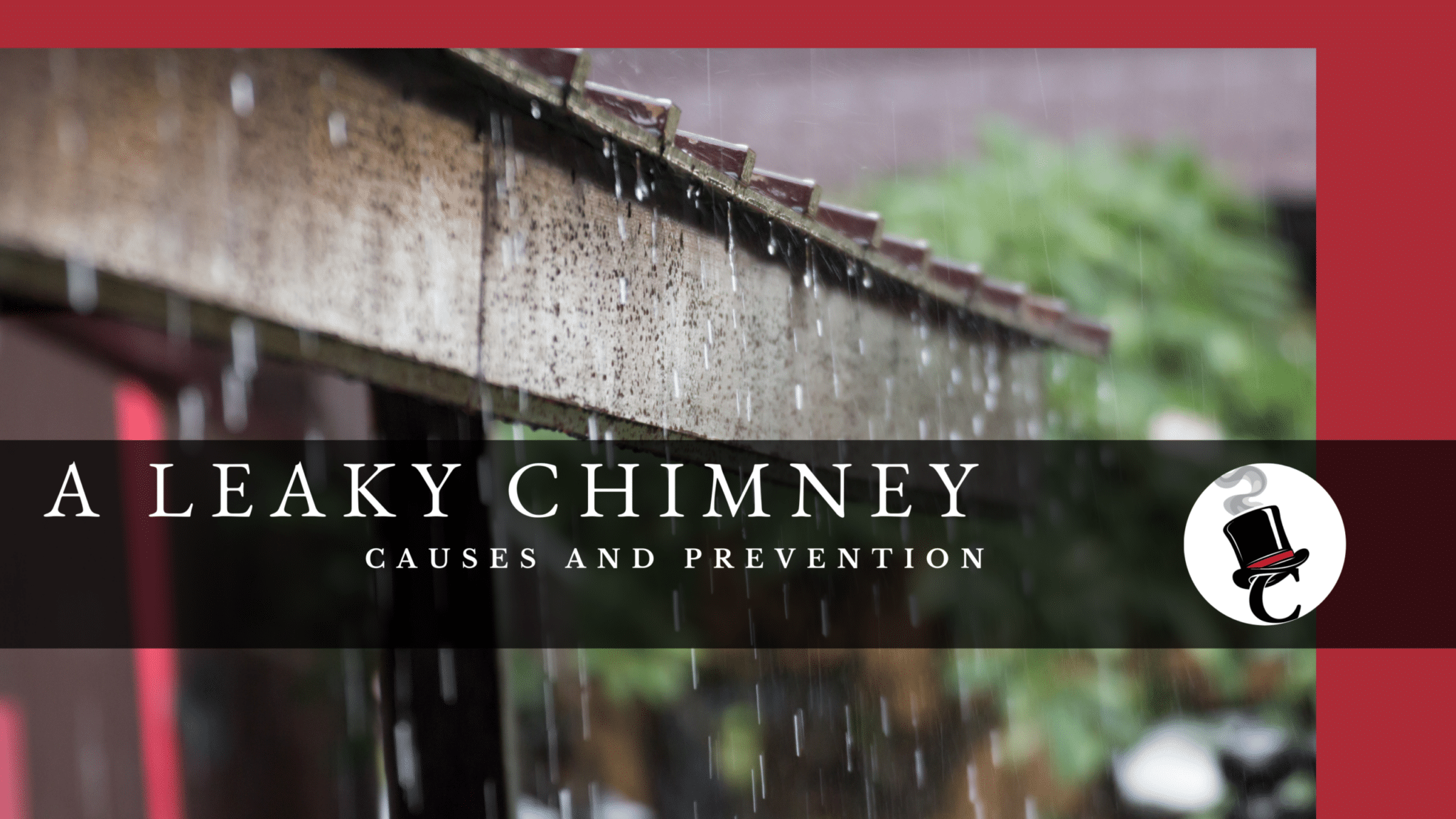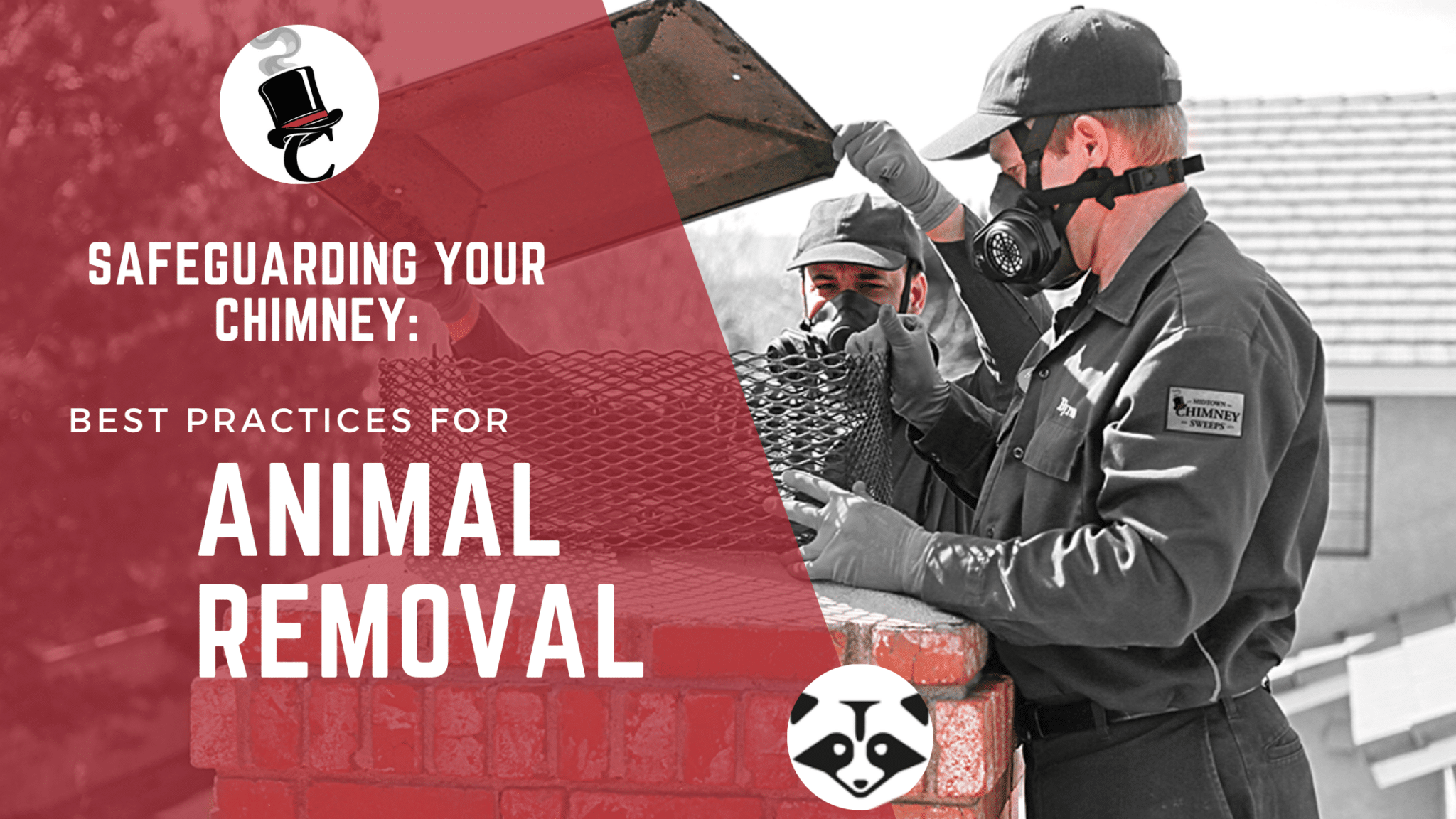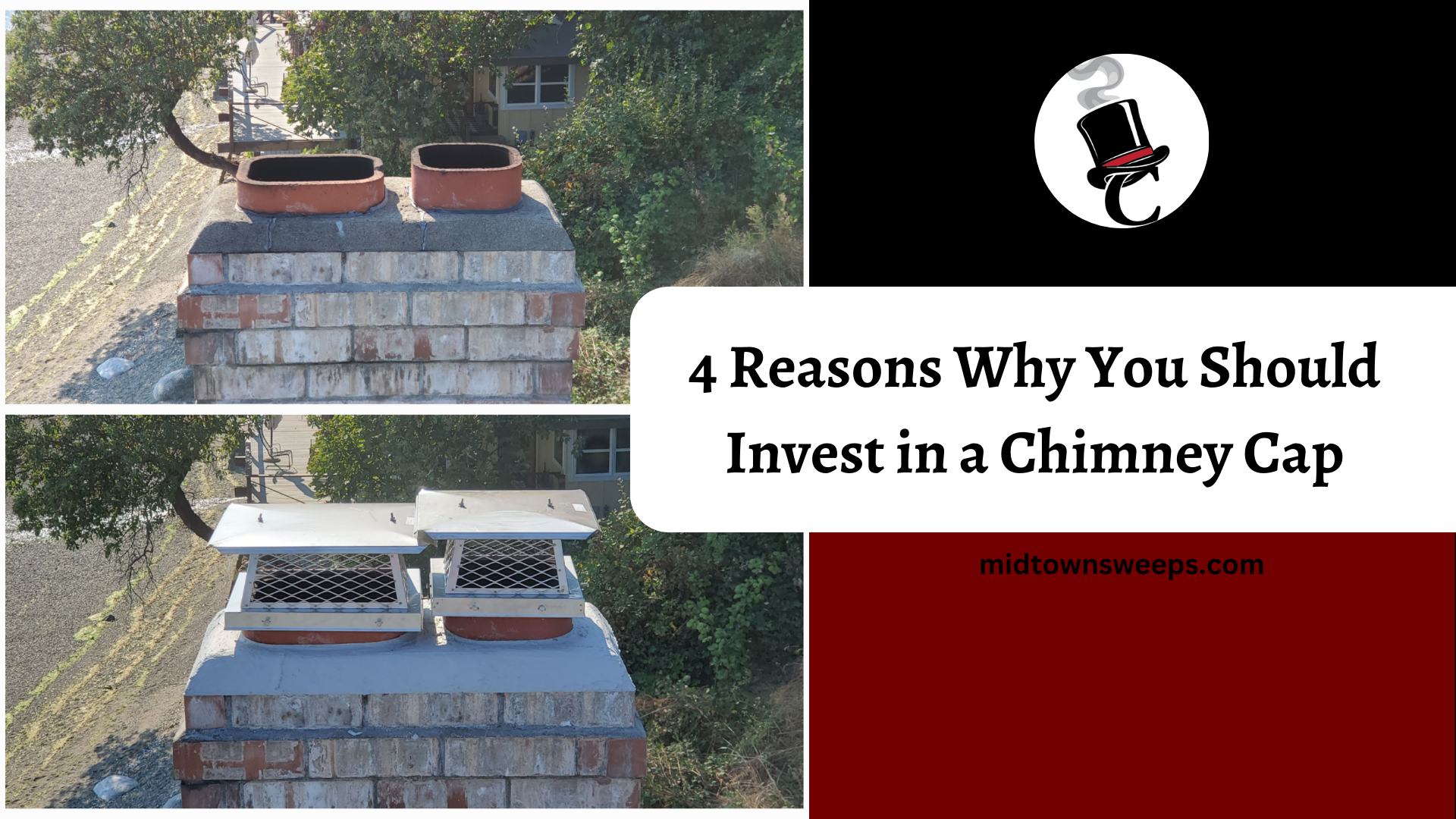Chimney inspections and repairs often require a unique skill set. Like pseudo-acrobatic skills documented in this photo of a Midtown Chimney technician. Here he is fully submerged in an enclosed attic space that could only be accessed from a hole in the roof. Tight spots and high places punctuated by periodic rain and snow while examining roof leaks- this is what makes the inspection process unique. While most of the time our Level II real estate chimney inspections can be done from the level, warm comfort of the hearth indoors, sometimes one must simply ascend the heights to document the chimney top for himself. Midtown Chimney Sweeps has created a quality chimney scanning camera that allows most of the flue interior inspection process to be completed from the inside of the home. This reduces the need for chimney inspection acrobatics!
Know the Chimney Inspection Phrase- “Clearances to Combustibles”
One of the most important phrases you will read about in a Midtown Chimney Sweeps inspection report is Clearances to Combustibles. Clearances means “space” or “distance”. From what? From anything that can burn or combust- like wood paneling, drywall, timber framing, curtains, and finish carpentry and a pile of old newspapers too close to the fireplace. Combustibles are inevitable. Every house has some wood or timber in it. Ever since man moved from stone castles (non-combustible- except for the timber roofs) to the North American log cabin (100% combustible) and finally our sophisticated balloon framing methods of today (80% combustible)- “clearances to combustibles” has dominated the top 10 statistics for why structure fires occur. Many of these fire hazards are not hidden.They simply require inspection and compliance with common sense distances from things that could ignite. And that is why every home transaction in the United States of America should be accompanied with a properly certified chimney technician performing a Level II chimney and fireplace inspection.
How to perform a Level II Chimney and Fireplace inspection?
- Sweep first. At Midtown we always combine inspection with cleaning the chimney. One cannot inspect the inside of the chimney if it is coated with soot. And we have learned through our generations of experience that the physical act of sweeping engages the technician with the chimney in a more involved way. The only way to get a good chimney inspection is to have a caring technician. One who is “all there”. So at Midtown Chimney we sweep before we inspect, even if it is a clean chimney.
- Inspect all accessible portions of the chimney and vent. This is the part that may require the acrobatics skills. If it is a door that can be opened with common hand tools, we open it. If we can gain access to the rooftop, we inspect the top of the crown and chimney chase cover. An attic inspection may reveal blow-in attic insulation (sellulose product) packed densely against the factory built chimney passing through the attic to the roof above. We look at the cap, its condition and suitability. Sometimes this requires chimney inspection acrobatics.
- Inspect the interior of the dark and mysterious flue. The flue is the portion of the chimney that comes into direct contact with the byproducts of combustion. So we sweep it (Step 1) then we inspect the outside (Step 2) and finally we insert a chimney scanning camera that shows the technician the inside of the flue. Here we may identify minor cracks on the top flue tile or missing flue tiles altogether.
- The report. The technician will present some type of written report to present to the realtor or home buyer. The home purchase transaction is the right time to bring up chimney issues. Not later. Just as realtors recommend septic tank inspections during the home transaction process so should realtors recommend a chimney inspection at the same time. Many times the cost to service or repair a chimney is equal to replacing an entire septic tank due to modern construction techniques and the high cost of interior construction labor.
If you are buying or selling a home and need your chimney inspected call us today at 844-793-3766 or visit us online and get a Free Quote!
